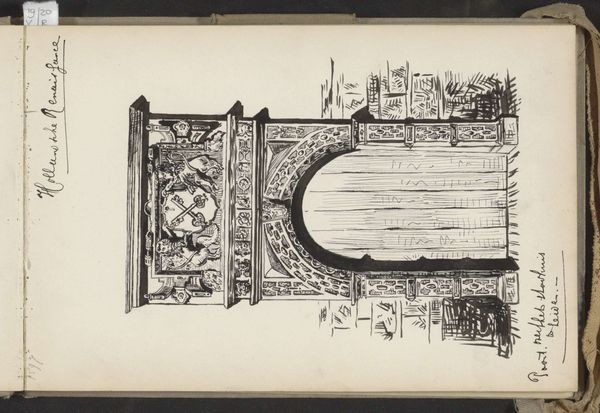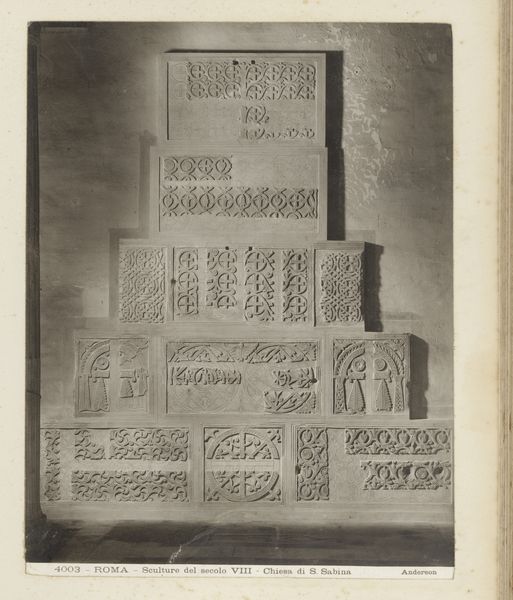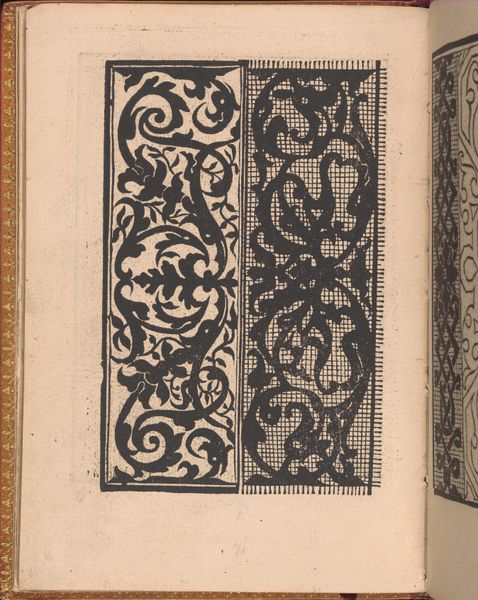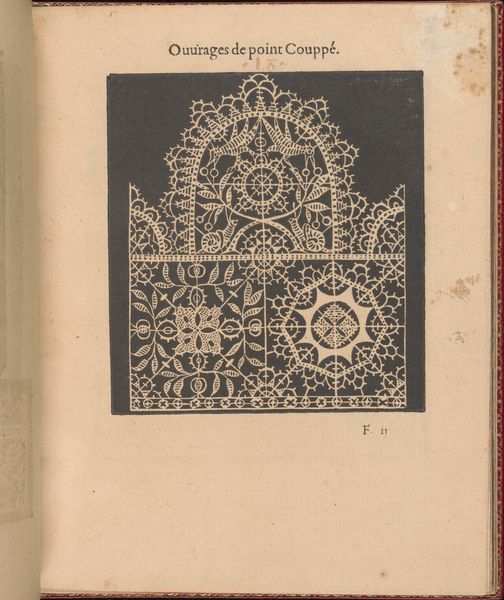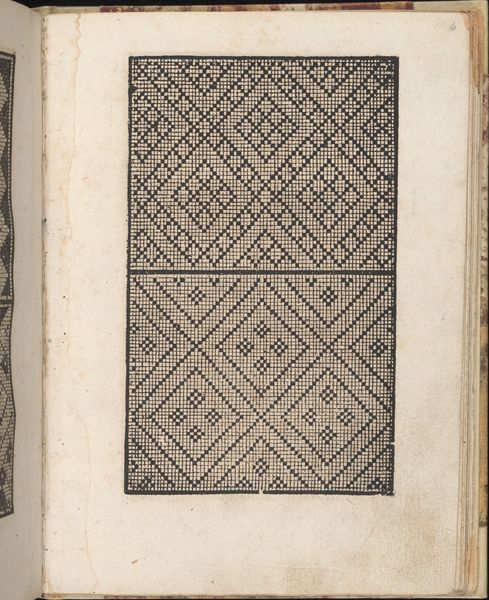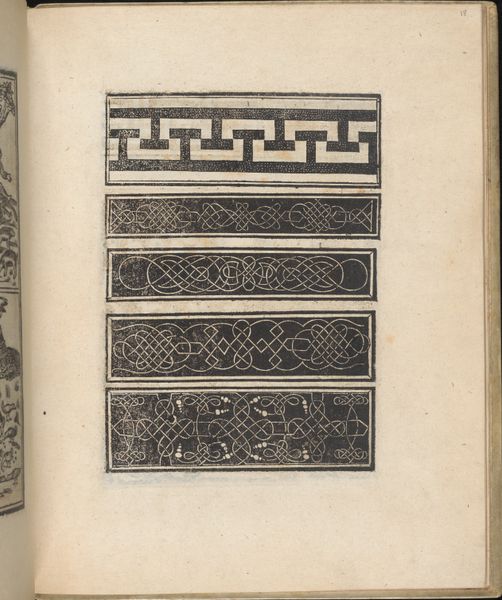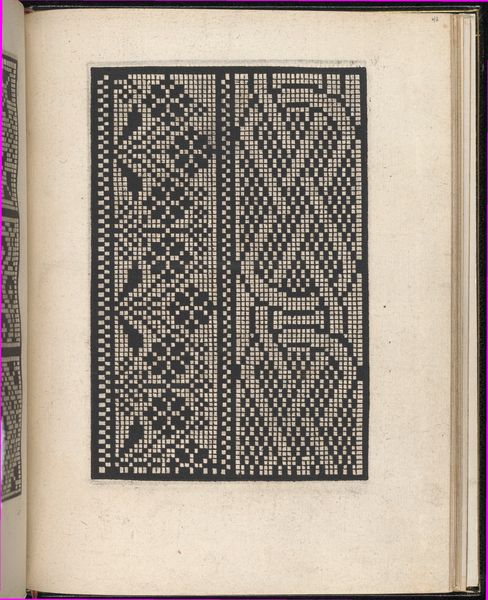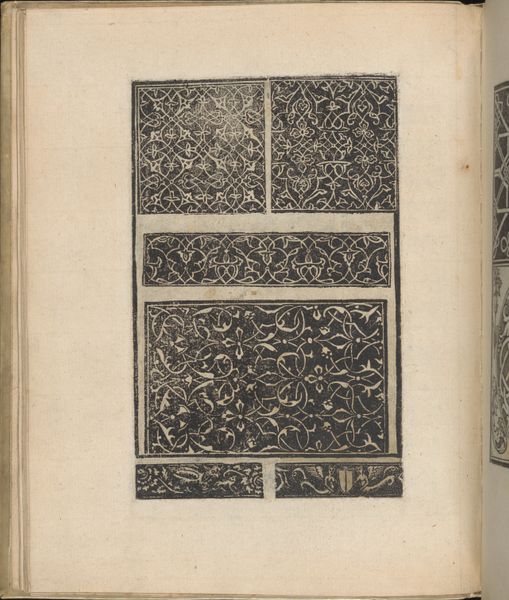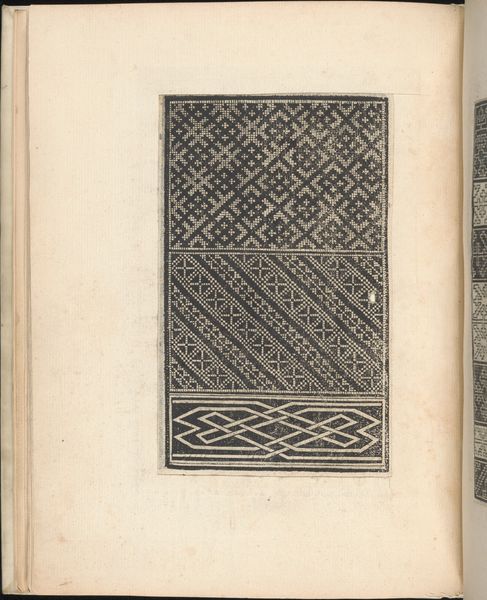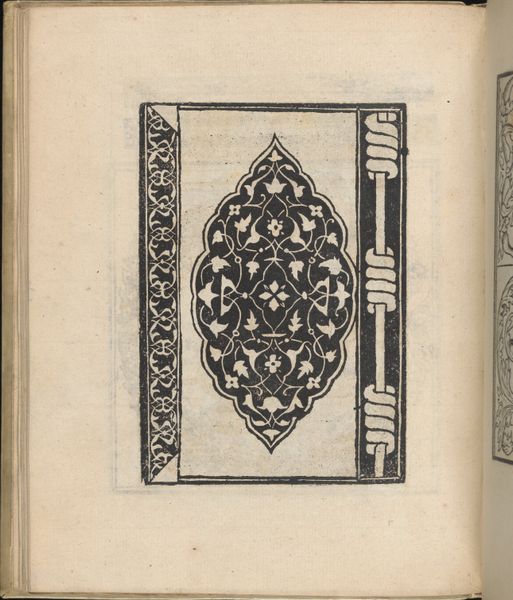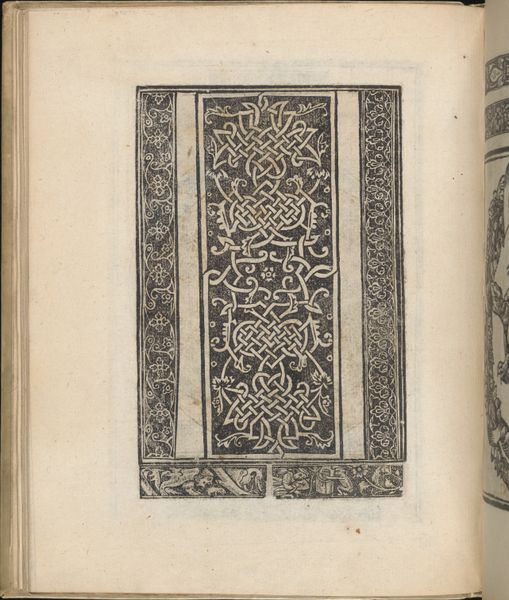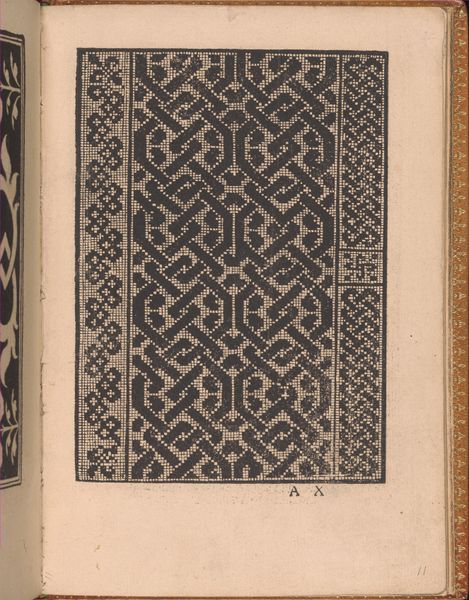
print, engraving
#
baroque
# print
#
landscape
#
engraving
Dimensions: height 154 mm, width 240 mm
Copyright: Rijks Museum: Open Domain
Curator: Looking at this anonymous engraving from 1625-1626, titled "Voorbeeld van een schans van Breda," presently housed in the Rijksmuseum, one is immediately transported to a period defined by both artistic innovation and tumultuous conflict. It gives the viewer a top-down view of defensive fortification, Editor: My initial reaction is one of cool detachment, almost sterile precision. The stark lines, the intricate geometrical forms… it feels less like a depiction of warfare and more like an exercise in abstract composition. What strikes me first is how the lines delineate layers—revealing an abstract sensibility and austere nature. Curator: Indeed, but we mustn't divorce the formalism from the historical context. Breda, a key strategic city, was a site of intense conflict between the Dutch Republic and Spain during the Eighty Years’ War. This print functions not merely as aesthetic object, but as a record—even propaganda to fortify patriotism—of the advanced engineering that protected Dutch territory. It's political, depicting military might during its publication. Editor: True, yet, observing its geometry, each line has purpose beyond representation. The repetitive triangular shapes and the ordered space work together, making me think about design, like modernist grids of a century later. The pattern generates a quiet and subtle intensity—as if one must read these signs as the landscape of both defense and beauty. Curator: Well said. Consider the role of such prints in disseminating military knowledge; not just solidifying national pride but informing engineers throughout Europe on the modern fortification techniques implemented during the Siege of Breda, as they constructed the political entity of Europe through military might. These designs became powerful visual statements about strategic innovation in early modern society. Editor: The act of mapping transforms the landscape. The act of etching further abstracts this mapped zone, creating a powerful sign—simultaneously documentary and decorative. Looking at this work of fortification and defense, it represents to me the beautiful simplicity of an image composed through line and shape. Curator: Ultimately, by revealing the deep connections between cartography, military history, and social identity during the baroque, we appreciate how something pragmatic like this engraving offers not only an example of applied artistic skill but insights on Dutch society in the 17th century. Editor: And how an image initially designed to project strategic power transforms, across centuries, into an opportunity to consider our visual landscape with ever fresh eyes.
Comments
No comments
Be the first to comment and join the conversation on the ultimate creative platform.
